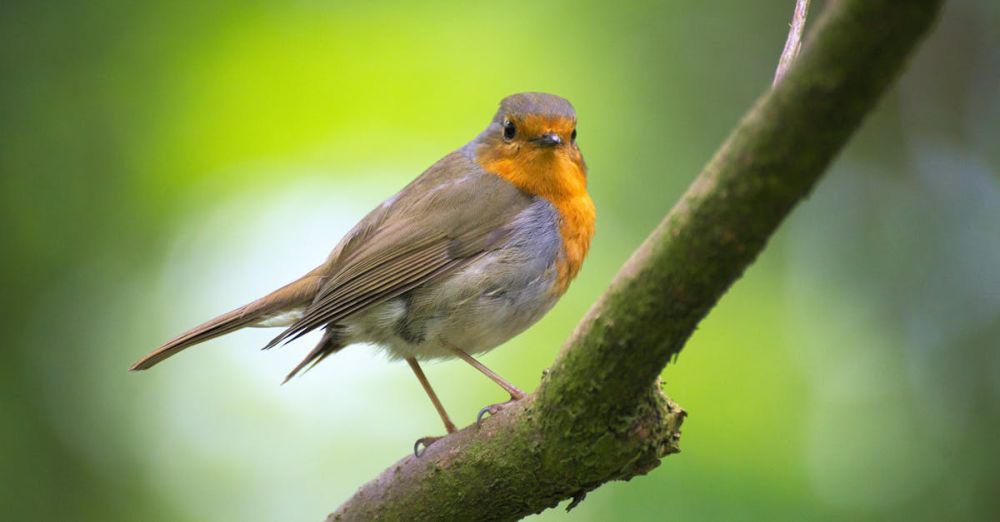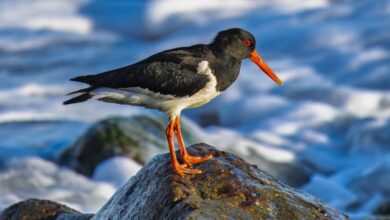How Can I Identify Birds while Bird Watching in Canada
Bird watching in Canada is a rewarding experience, filled with opportunities to connect with nature and appreciate the country’s diverse avian life. With over 450 species recorded, from majestic eagles soaring in the skies to tiny hummingbirds flitting among flowers, identifying birds can be both exciting and challenging. Whether you’re a novice or an experienced birder, mastering the art of bird identification can enhance your outdoor adventures. Here are some effective strategies to help you recognize and understand the birds you encounter.
Understanding Bird Characteristics
To identify birds, start by observing their physical characteristics. Focus on size, shape, and color patterns. Each species has unique features that can help you distinguish them. For instance, a small, colorful bird with a long tail might be a warbler, while a larger bird with a stout body could be a finch. Pay attention to the bill shape, as it can indicate feeding habits. A long, slender beak might belong to a hummingbird, designed for sipping nectar, whereas a thick, conical bill is typical of seed-eating species.
Feather coloration and markings are also crucial. Many birds exhibit sexual dimorphism, where males and females have different plumage. A male Eastern Bluebird, for example, is vibrant blue, while the female is more subdued. Observing these differences can aid in identification. Additionally, seasonal plumage changes, particularly in migratory birds, can further complicate recognition, so be mindful of the time of year when you’re observing.
Listening to Bird Songs and Calls
Birds are often more easily identified by their vocalizations than by sight. Each species has a unique song or call, which can reveal their presence even when hidden in foliage. Invest in a good field guide or a bird identification app that provides audio samples. Spend time familiarizing yourself with the songs of common birds in your area. For instance, the cheerful trill of the American Robin is unmistakable, while the haunting call of the Common Loon is evocative of Canada’s northern lakes.
When you hear a bird, try to pinpoint its location. Listen carefully to the rhythm and pitch of the call, and note whether it’s a simple whistle or a complex melody. Bird calls can also vary depending on the time of year, as some species use different sounds during breeding season. By developing your auditory skills, you can greatly enhance your bird identification abilities.
Observing Behavior and Habitat
Bird behavior can provide valuable clues for identification. Watch how they move—are they flitting from branch to branch, or are they hopping along the ground? For instance, woodpeckers exhibit a distinctive climbing motion as they search for insects in tree bark. Take note of their feeding habits as well; some birds like sparrows forage on the ground, while others, such as swallows, catch insects in mid-air.
Understanding the habitat where you observe birds is equally important. Different species prefer specific environments. Wetlands attract ducks and herons, while forests are home to warblers and woodpeckers. Coastal areas might host shorebirds and gulls. Research the habitats in your region, and you’ll have a better chance of spotting particular species.
Using Field Guides and Technology
Field guides are invaluable tools for birdwatchers. Choose a guide that focuses on the birds of Canada, as it will provide images, descriptions, and range maps tailored for your region. Many guides offer information on size, habitat, and behavior, making it easier to identify birds in the field.
In addition to traditional field guides, technology can elevate your birdwatching experience. Mobile apps such as Merlin Bird ID and iBird allow you to input observations and receive instant identification help. These apps often include photos, songs, and even user forums for discussing sightings, making them great resources for both beginners and seasoned birders.
Embracing Patience and Practice
Bird watching is as much about patience as it is about skill. The more time you spend outdoors, the more familiar you’ll become with the nuances of bird identification. Keep a journal of your sightings, noting the date, location, and any interesting behaviors or calls. This practice will not only strengthen your identification skills but also deepen your connection to the natural world.
With dedication and an open mind, you can become proficient at identifying birds in Canada. Enjoy the journey as you immerse yourself in the beauty of nature and the fascinating lives of birds.







